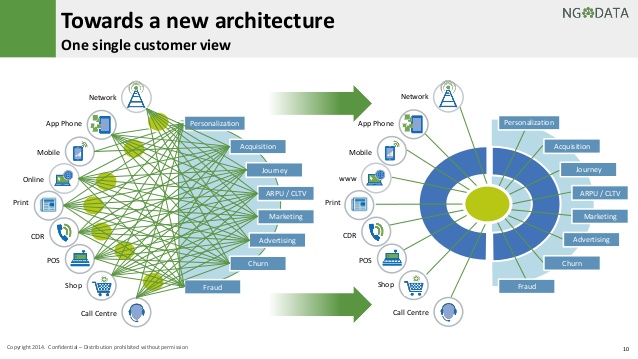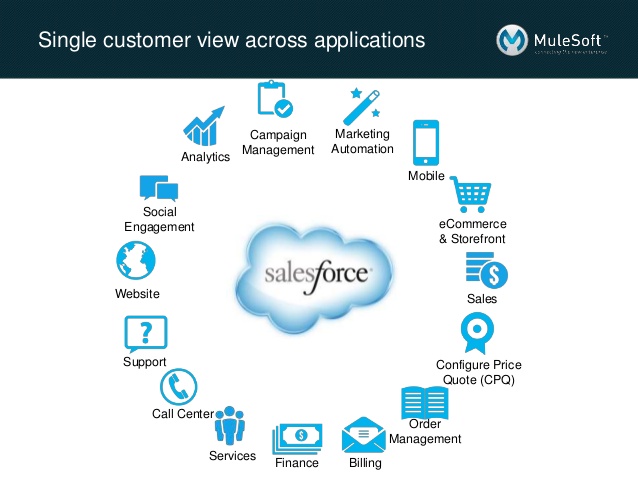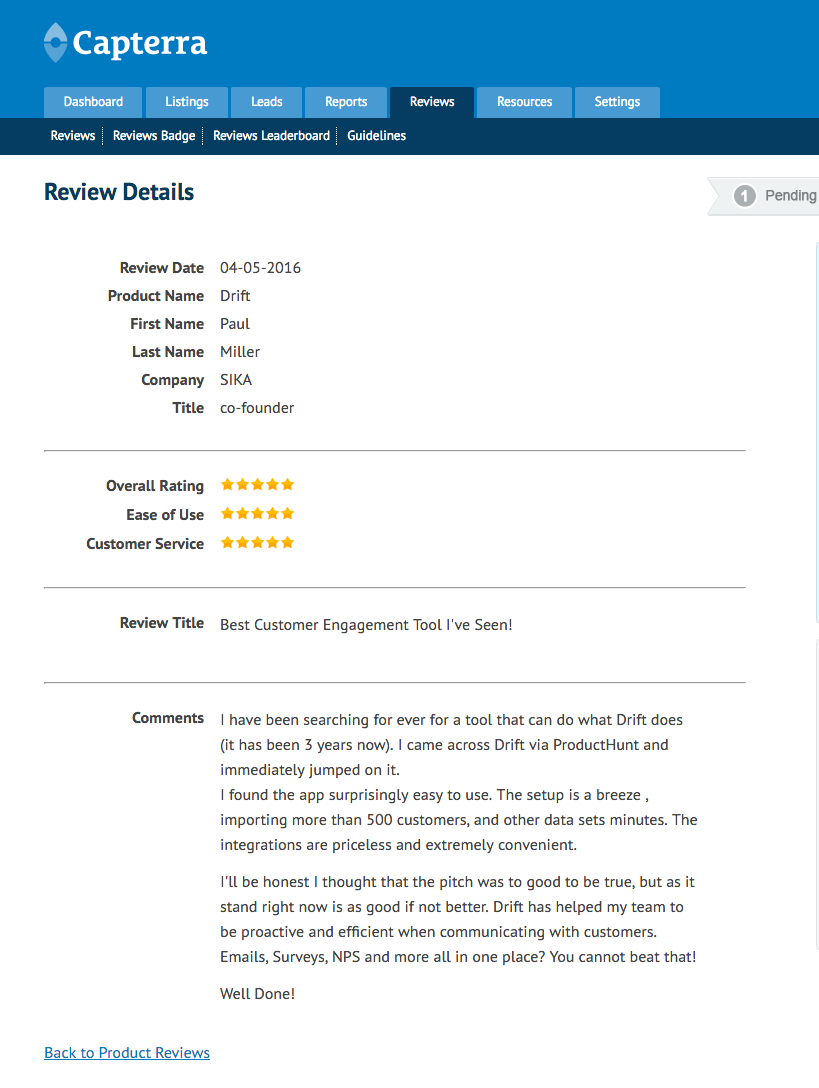
I’d like you to meet Sky. In addition to being a beautiful, yet mythical purple flying unicorn, she’s also the physical representation of another myth: the single customer view.

I’m tired of people talking about the unified customer view. It will not happen in my lifetime, if ever. And honestly, even if Sky appeared and dropped some hot new SaaSy app that did it well, I wager it’s not that useful.
Like you, I’ve seen a lot of charts in my day. They’re filled with “connections” (lines) that make it look clean and pretty. That make it look like it works.

They present a utopian view of technology, if you’re one of the five companies who can afford to buy every single piece of marketing/CRM tech you need from one vendor. Guess what? Still doesn’t work the way demo does.

I feel bad for the companies that are chasing the single view. They’re pouring up to millions of dollars trying to architect sophisticated systems that connect every tool that touches a person from the point they’re a stranger through all of their customer details. Marketing alone has to contend with hundreds of potential touchpoints, then you have sales, legal, finance, customer success, support, account management… it’s a ratsnest.
What I want people to think about is why they’re chasing this dream. Because there are three really good reasons to go down this path, at least for SaaS companies:
- Increase customer acquisition.
- Increase customer retention.
- Increase customer growth.
Instead of pouring thousands of dollars into a system that really can’t integrate everything, and doesn’t have an intuitive user experience, my advice is to focus on the useful customer views and their connection points.
The 5 Useful Integrated Customer Views
1. How’d They Find You?
Your marketing organization needs to know the lead source. Was it driven from a social program? Paid ad? Campaign? Webinar? Live chat on the site? Looking at customer acquisition by lead source is tremendously powerful to figuring out where your target audience is, and what programs converted. We just launched free live chat and put it on our site, and it’s our top source of qualified leads. That’s useful and important, and the data connects out to HubSpot.
Connection points that matters: Connect your marketing & CRM systems so you can track how they found you, and how their relationship/lifetime value grows.
2. Why Did They Buy/Not Buy?
I’ve written before about the importance of win/loss analysis. You could spend months and absurd marketing dollars figuring out who did what on twitter vs. facebook vs. LinkedIn, and what content would have made the difference. But if you’d just look at won and lost sales cycles, and find out what happened, that should be all you need. That’s the gold that helps you create a better message, and compelling content, in the right spot. Keep this information in your CRM system.
Connection points that matter: I’ve seen companies create great win/loss analysis that lives in PDFs in email inboxes. Bad. Make sure all of the unstructured data (text) either lives in your CRM system or connects to it so anyone can quickly analyze wins & losses.
3. Are They Using The Product(s)?
Great, now you have customers! But, don’t assume just because they paid you that they’re going to use you. And if you’re a subscription company, that renewal is coming up quickly.
However you choose to define it, engagement matters. Why? Because a customer who doesn’t use your product isn’t going to keep paying for your product.
-Neil Patel, Founder of KISSMetrics, Crazy Egg, and Quick Sprout
Bluenose has published a quick piece on The 4 dimensions of product usage. Spoiler alert: frequency, feature usage, configuration, volumetrics. It’s a good & important set.
Connection points that matter: Connect the systems you talk to your customers with, to the systems that track usage. When the usage system tells you “X customer is not active” – message them with your communication tool to activate. We talk to our customers with Drift, we connect with Segment to track actions, and all of that data syncs with HubSpot.
4. Are They Happy With The Product(s)?
Using does not equal loving. Retention will also be driven by weather your customers actually like using it, and working with you. To know this, you have to ask for feedback. Net Promoter Score is our preferred top-level metric, but there are also functional areas deserving of their own specific feedback. Onboarding, Support, and specific product features all deserve their own customer feedback so they can improve.
Connection points that matter: Connect your customer sat/feedback tools with your CRM system so there’s one view of customer record & health, which allows you to make renewal predictions.
5. Are They Referenceable?
Nothing tells you more about your business than how many referenceable customers you have. Some companies sell to industries that are notoriously close-lipped about saying which vendors they work with – but keep in mind private vs. public references. They’re equally valuable, and easily trackable. Many companies have started using loyalty tech like Influitive or other software to drive customer advocacy – that’s great! Don’t let those facts live in that silo.
 Connection points that matter: Connect your advocacy software with your CRM system so you can track customer count increase/decrease alongside customer refernce increase/decrease.
Connection points that matter: Connect your advocacy software with your CRM system so you can track customer count increase/decrease alongside customer refernce increase/decrease.
We’re not spending thousands of dollars stitching every piece of data & system together. We’re not building a custom UI to sit on top of that data so everyone from marketing to sales to product can work with it. We’re building integrations that matter for our SaaS business.



